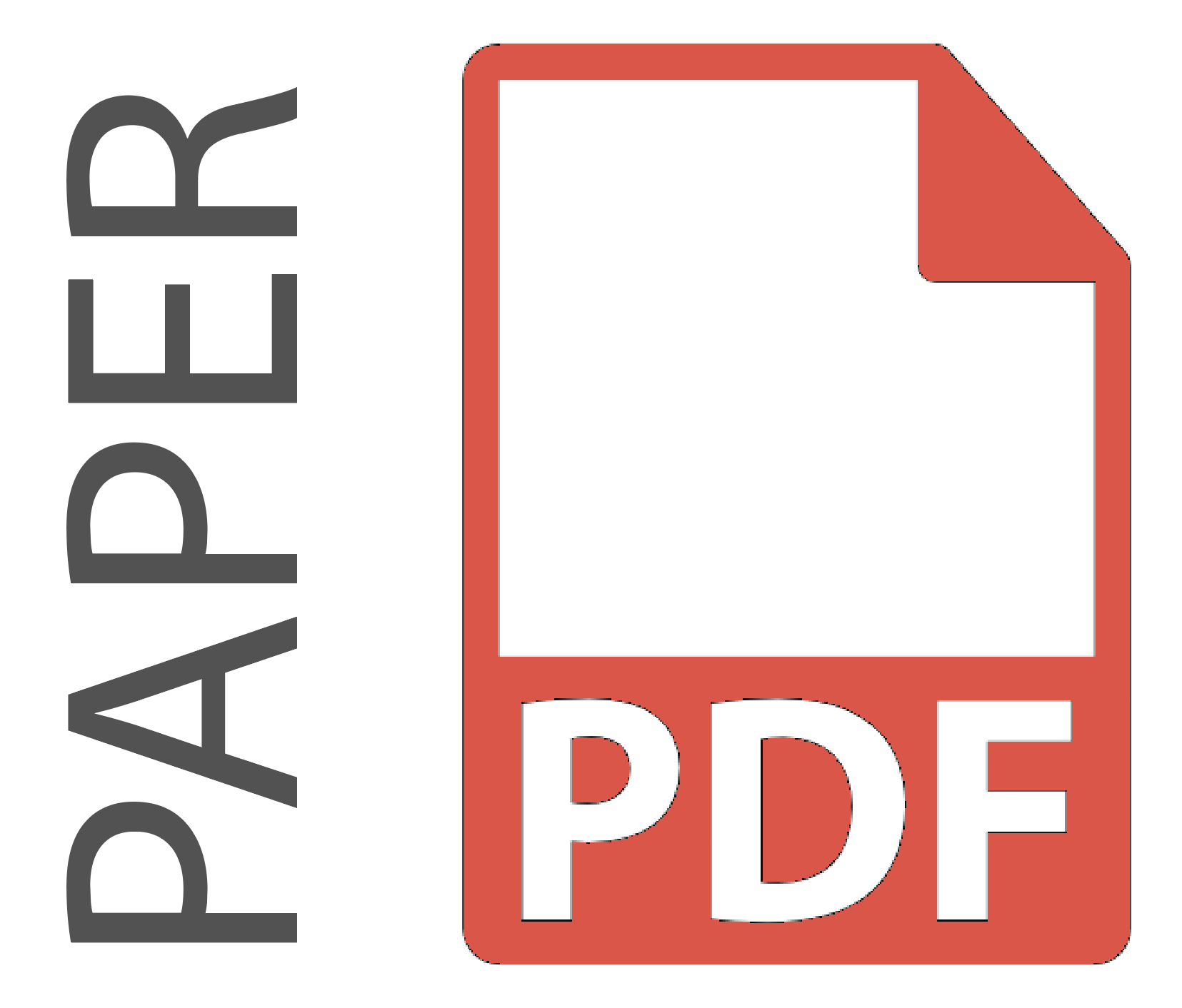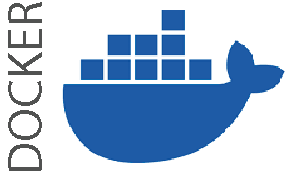Rationale
Few notes: the tool needs training or fine-tuning in order to be use on other data than Glasgow.
If you have enough data (~50/100 vols), a training is suggested. Otherwise fine-tuning. For training, you can choose the shape that you want, for fine-tuning, you need to stay with the shape we used in Glasgow (256, 352, 224).
The main part of the work is to prepare the dataset: the data must have the same dimension i.e., every volume and mask have the same shapes. There is more info here: link.
In general, steps are:
- Prepare the dataset: collect scans and segmentation masks. Take a look here the structure needed for the data.
- Create the inhomogeneity_volume (code)
- Compute mean and std of the dataset (code).
- Data augmentation (link) - optional
- Training!
From source
Please note that these instructions don’t require you to be a super user. Everything can be done in user mode, i.e., you can setup this in a server. The only requirement is the you need the right version of CUDA (10.0) that match TensorFlow 1.14.
If you don’t want to use a virtual environment, simply run pip install -r requirements.txt to install all the dependencies.
N.B. tensorflow-gpu is not needed for testing, but strongly suggested for training.
We also suggest to use python3.6 for this.
Create virtual environment
To create a virtual environment, go to your project’s directory and run venv:
python3 -m venv cerebrum7T
Activate the virtual environment:
source cerebrum7T/bin/activate
Upgrade pip:
python3 -m pip install --upgrade pip
Install all the dependencies with (it takes a while):
python3 -m pip install -r requirements.txt
Enjoy!
Training
Here the command used in the manuscript.
$ python3 ./training.py --learning_rate 0.0005 --epochs 100 --GT_to_predict 'training_labels' --anat_ide 'T1w' --augmentation --augm_factor 10 --dropout
For an extended description of every option, please run python3 ./training.py --help
Fine-tuning
Here the command used to obtained for AHEAD results:
$ python3 ./fine_tuning.py --learning_rate 0.0001 --GT_to_predict 'FS7_aseg_7classes' --anat_ide 'T1w_cut' --weight_class --dropout --last_layer 3 --loss_funct 'dice_coef_multilabel' --lr_fineTuning 0.0005
For an extended description of every option, please run python3 ./fine-tuning.py --help
Testing
$ python testing.py [-h] --training_name TRAINING_NAME
For an extended description of every option, please run python3 ./testing.py --help
Docker
These commands assumes that the data is organised as described here (link).
Download the last version of cerebrum7t with docker pull rocknroll87q/cerebrum7t:segmentation7T or download the .tar from here (psw: rocknroll87q/cerebrum7t).
Training
docker run -it \
-v /path/to/BIDS/:/cerebrum7t/data/BIDS/ \
-v /path/to/BIDS_augm/:/cerebrum7t/data/BIDS_augm/ \
-v /path/to/output/:/cerebrum7t/output/ \
-v /path/to/inhomogeneity_volume.npy:/cerebrum7t/data/inhomogeneity_volume.npy \
-v /path/to/mean_std/:/cerebrum7t/data/mean_std/ \
cerebrum7t \
python /cerebrum7t/src/training.py --learning_rate 0.0005 --GT_to_predict 'training_labels' --anat_ide 'T1w' --augmentation --augm_factor 10 --dropout
Fine-tuning
docker run -it \
-v /path/to/BIDS/:/cerebrum7t/data/BIDS/ \
-v /path/to/BIDS_augm/:/cerebrum7t/data/BIDS_augm/ \
-v /path/to/output/:/cerebrum7t/output/fine_tuning/ \
-v /path/to/training/:/cerebrum7t/output/training/ \
-v /path/to/inhomogeneity_volume.npy:/cerebrum7t/data/inhomogeneity_volume.npy \
-v /path/to/training_samples.csv:/cerebrum7t/data/training_samples.csv \
-v /path/to/mean_std/:/cerebrum7t/data/mean_std/ \
cerebrum7t \
python /cerebrum7t/src/fine_tuning.py --learning_rate 0.0001 --GT_to_predict 'FreeSurfer_v7' --anat_ide 'T1w' --weight_class --dropout --last_layer 3 --loss_funct 'dice_coef_multilabel' --training_name 'training_YYYY-MM-DD_etc'
Testing
docker run -it \
-v /path/to/training/:/cerebrum7t/output/training/ \
-v /path/to/mean_std/:/cerebrum7t/data/mean_std/ \
-v /path/to/testing_volume.nii.gz \
-v /path/to/output/:/cerebrum7t/output/testing/ \
cerebrum7t \
python /cerebrum7t/src/testing.py --training_name 'training_YYYY-MM-DD_etc'
Singularity
These commands assumes that the data is organised as described here (link). If your data has a different structure, you just need to update the code.
Download the last version of cerebrum7t at this link (psw: rocknroll87q/cerebrum7t).
Training
export SINGULARITY_HOME=$PWD:/home/$USER
cd /
singularity exec --nv \
-B /path/to/BIDS/:/cerebrum7t/data/BIDS/ \
-B /path/to/BIDS_augm/:/cerebrum7t/data/BIDS_augm/ \
-B /path/to/output/:/cerebrum7t/output/ \
-B /path/to/inhomogeneity_volume.npy:/cerebrum7t/data/inhomogeneity_volume.npy \
-B /path/to/mean_std/:/cerebrum7t/data/mean_std/ \
/path/to/cerebrum7t_singularity.simg \
python /cerebrum7t/src/training.py --learning_rate 0.0005 --GT_to_predict 'training_labels' --anat_ide 'T1w' --augmentation --augm_factor 10 --dropout
Fine-tuning
export SINGULARITY_HOME=$PWD:/home/$USER
cd /
singularity exec --nv \
-B /path/to/BIDS/:/cerebrum7t/data/BIDS/ \
-B /path/to/BIDS_augm/:/cerebrum7t/data/BIDS_augm/ \
-B /path/to/output/:/cerebrum7t/output/fine_tuning/ \
-B /path/to/training/:/cerebrum7t/output/training/ \
-B /path/to/inhomogeneity_volume.npy:/cerebrum7t/data/inhomogeneity_volume.npy \
-B /path/to/training_samples.csv:/cerebrum7t/data/training_samples.csv \
-B /path/to/mean_std/:/cerebrum7t/data/mean_std/ \
/path/to/cerebrum7t_singularity.simg \
python /cerebrum7t/src/fine_tuning.py --learning_rate 0.0001 --GT_to_predict 'FreeSurfer_v7' --anat_ide 'T1w' --weight_class --dropout --last_layer 3 --loss_funct 'dice_coef_multilabel' --training_name 'training_YYYY-MM-DD_etc'
Testing
export SINGULARITY_HOME=$PWD:/home/$USER
cd /
singularity exec --nv \
-B /path/to/training/:/cerebrum7t/output/training/ \
-B /path/to/mean_std/:/cerebrum7t/data/mean_std/ \
-B /path/to/testing_volume.nii.gz \
-B /path/to/output/:/cerebrum7t/output/testing/ \
/path/to/cerebrum7t_singularity.simg \
python /cerebrum7t/src/testing.py --training_name 'training_YYYY-MM-DD_etc'
Testing on OpenNeuro data
Note: if you are testing the trained model on the dataset published on OpenNeuro, please notice that you need to download the mean and std volumes at this link (psw: rocknroll87q/cerebrum7t).




